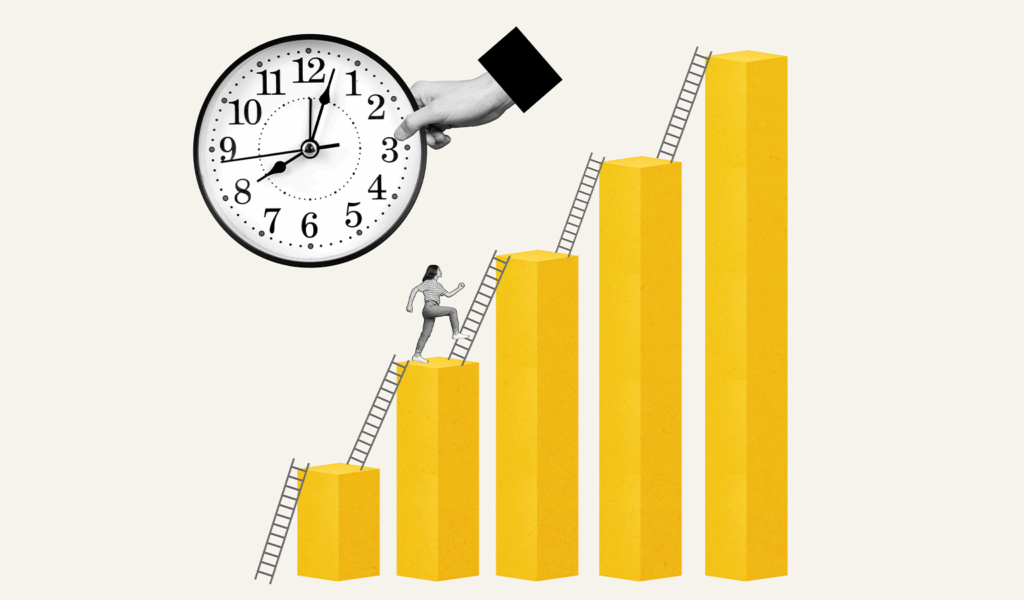sales
The science behind improving sales productivity
In the 1920s and 30s, a series of experiments were performed at a factory called Hawthorne Works. These experiments tested whether worker productivity would improve or decrease by changing factors such as amount of light in the room, cleanliness of the work area and the placement of equipment.

Source: Harvard
The workers were secretly tested to gauge productivity, and then they were told that the lights would be brightened to see if it had an effect on productivity. And brightening the lights did indeed increase productivity.
Here’s the interesting part: Lowering the lights increased productivity as well.
It wasn’t the brightness of the lights that affected productivity, but rather the fact that workers knew they were being observed, so they worked harder. This became known as “the Hawthorne effect.”
So how does this relate to sales productivity?
The average sales team functions with very little monitoring and observation on a regular basis. Every sales rep hates and resents having their sales coach micromanaging from over their shoulder, so typically coaching only happens through meetings and ad-hoc requested help.
Tracking sales rep activity is an even bigger blank slate. Sales managers rely on CRM reports like quota attainment percentages and win/loss ratios to check to see if reps are actually making sales. This is a big problem because traditional sales metrics tracked in CRM are all historical, rear view mirror data. CRM sales metrics don’t tell sales managers what sales reps are doing now, right when the behaviors need to be corrected.
Here’s how to fix low sales rep productivity:
You can’t simply tell sales reps “You’re being observed, so be productive!” That might work in the short term, but they’ll become desensitized over time, particularly when bad behaviors are observed but not addressed.
You have to actually track sales rep activities, address bad behaviors immediately, and promote good behaviors through gamification. By implementing these three processes, sales productivity will go through the roof.
1: Track sales activities
Use sales enablement software to capture sales rep activities such as emails sent to buyers, meetings scheduled, office and cell phone calls made, sales presentations or content shared, and more. Every activity is tracked and automatically recorded in CRM. The clear data visualization within the sales enablement platform lets sales managers tell at a glance which reps are most productive and which are falling behind.
2: Address bad selling behaviors
Instead of waiting until the end of year to try to guess why a sales rep didn’t meet quota, you can use big data analytics to identify the activities that correlate to quota attainment in real time. Because you’re tracking the sales rep’s activities down to the exact number of phone calls made or emails sent each day, coaching goes from guesswork to data-driven, practical application.
3: Incentivize good selling behaviors
Coaching through actionable, real-time sales metrics is an excellent first step toward improving sales rep performance, but you can increase sales productivity even further through gamification. Accent Accelerate, a big data sales enablement platform, gives sales reps and managers a clear view of what sales activities are being performed. It puts the reality of their productivity level right in front of their faces.
You can use a real-time sales leaderboard to compare how many good selling activities each rep is achieving. By making this data visible to everyone, you’ll motivate each rep to try to beat the other sales team members by doing more selling.
The results of increasing sales productivity
On average, only 55% of sales reps meet their quotas. However, there is a strong correlation between having more conversations with buyers each day and higher quota attainment.
- When sales reps perform good selling behaviors more often, they reach more buyers and they engage those buyers more often.
- Better buyer engagement leads to higher win rates.
- With actionable sales metrics to guide sales coaches, C sellers become B sellers, and B sellers become A sellers. Sales reps achieve quotas much more easily.
- When sales reps meet quotas more often, they’re happier and more engaged employees. As a result, employee retention goes up.











